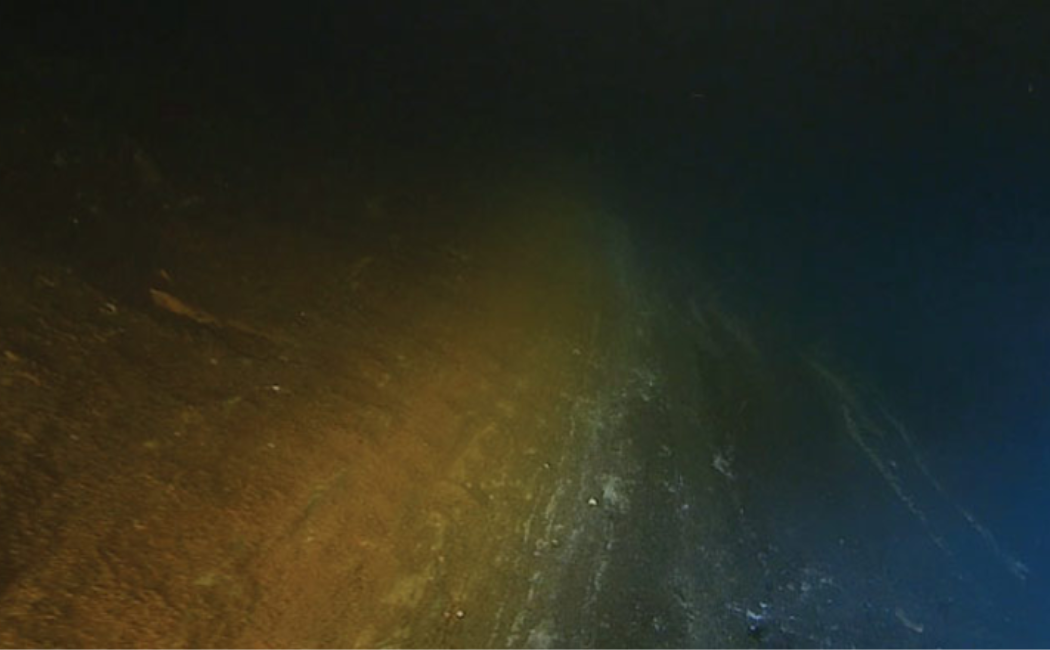The sampler was deployed by KAUST’s research vessel with the bottles open until the detector signaled that the apparatus had reached the Suakin Deep’s brine-seawater interface. The bottles were then filled with interface water and remotely shut, and the apparatus then returned to the ship. This way, the water column in the bottles represented most of the water column in the interface. One-liter fractions of water, each corresponding to a different depth in the actual interface, were analyzed for their chemical and microbial contents.
The team found many types of microbial communities, which changed with variations in oxygen and salinity within the water column.
“Many of the microbes were new, with their closest relatives coming from hydrothermal vents at the bottom of the sea and from subsurface sediments,” says environmental microbiologist Grégoire Michoud, the study’s first author.
The team sequenced the genome of a microbe they called Candidatus Scalindua arabica, which was concentrated within a 20-centimeter-layer in the middle of the brine-seawater interface. The metabolic processes conducted by this and other microbes suggest this transition zone is a critical niche for nitrogen cycling.
Oceanic brine pools could be similar to extraterrestrial environments like the saline ocean that is expected to exist under the surface of Jupiter’s satellite Europa. “Knowledge of the microbial networks in extreme Earth environments could help us hypothesize how lifeforms on extraterrestrial bodies thrive and function,” explains Daffonchio. “These microbes could also harbor enzymes and other properties that could be useful in medical and biotechnology applications.”
The team plans to continue analyzing other Red Sea brine pools and their brine-seawater interfaces to examine how different conditions affect microbial content.

